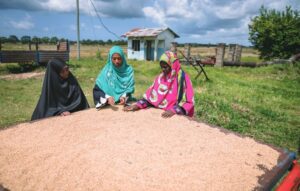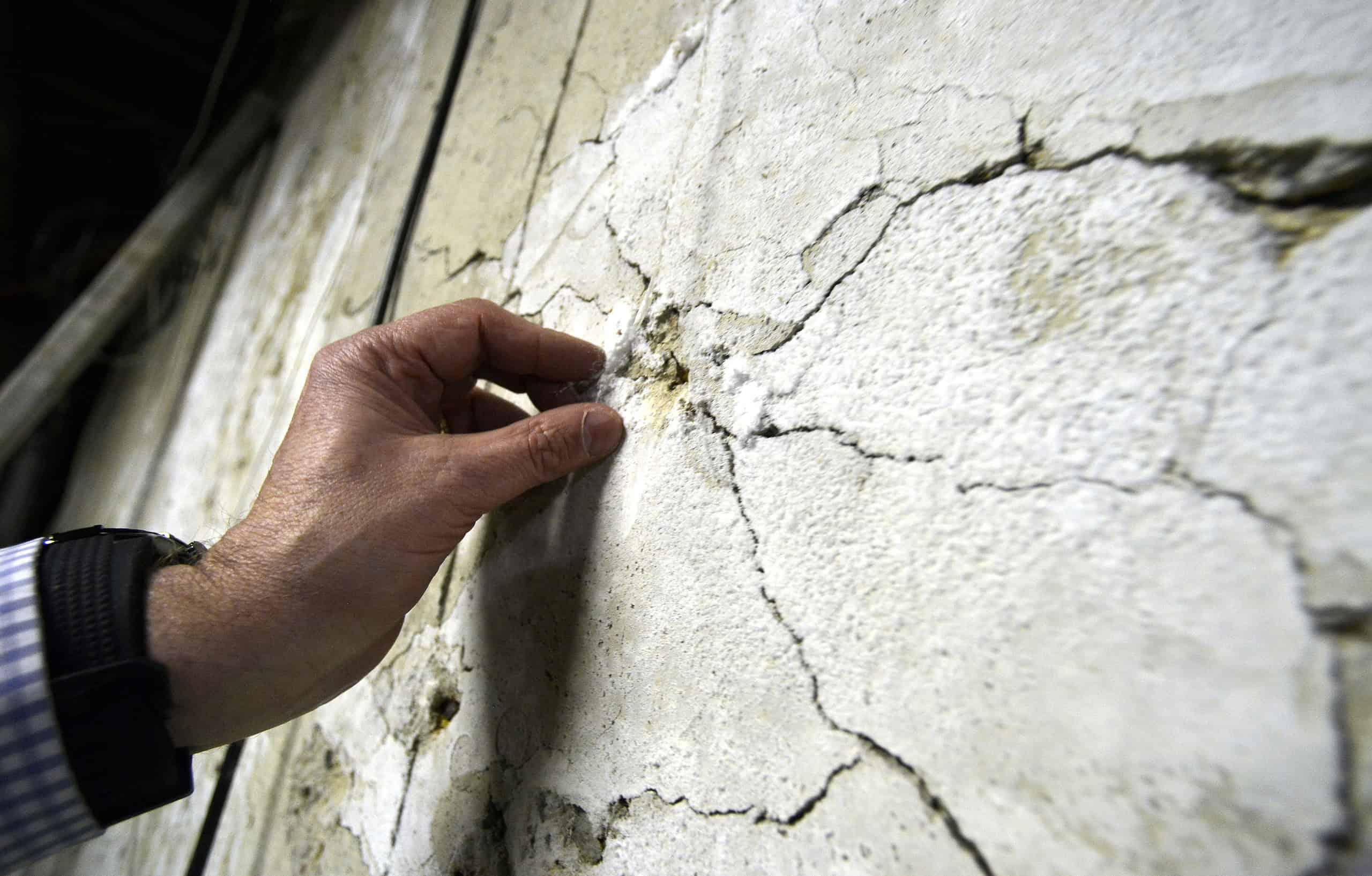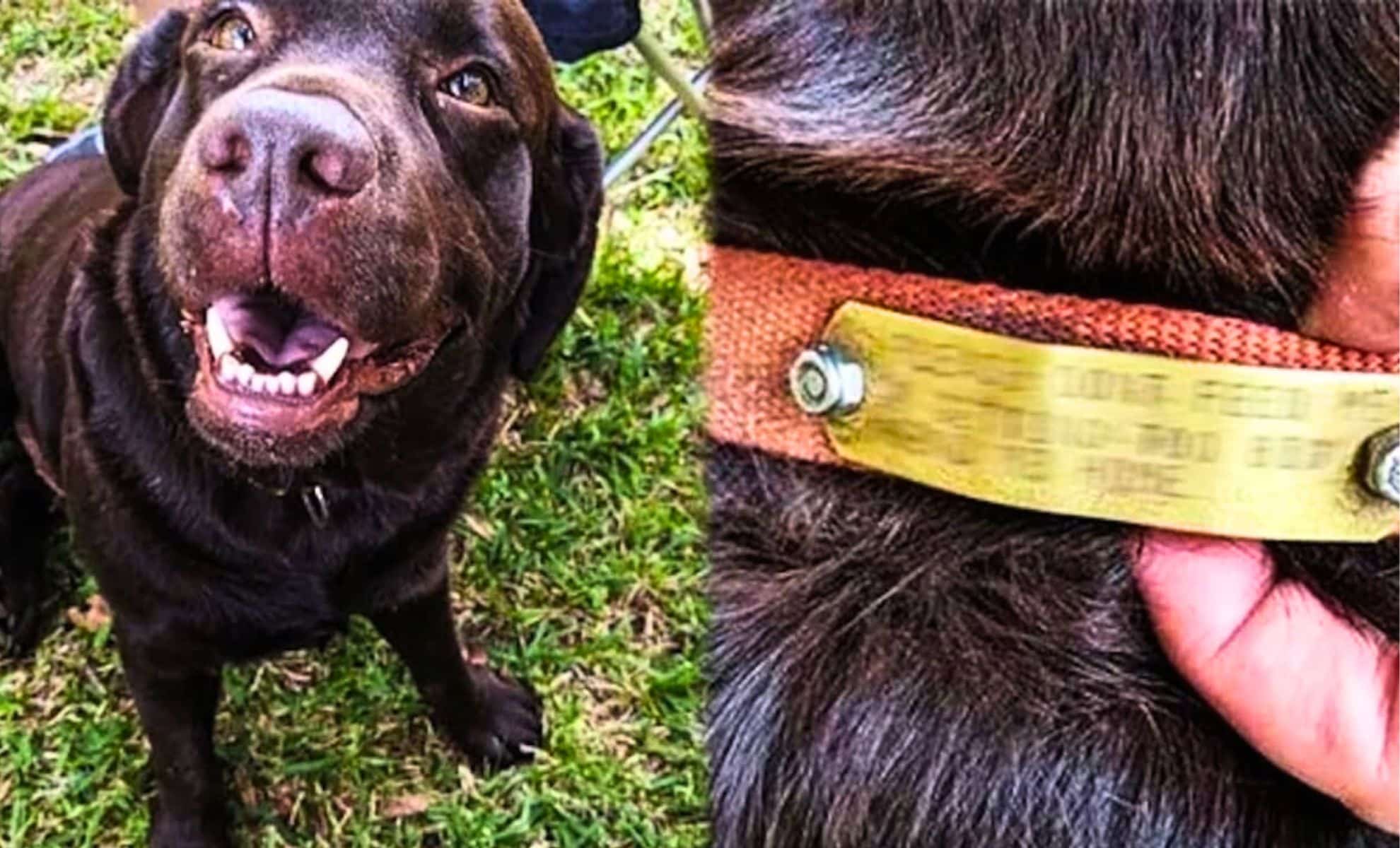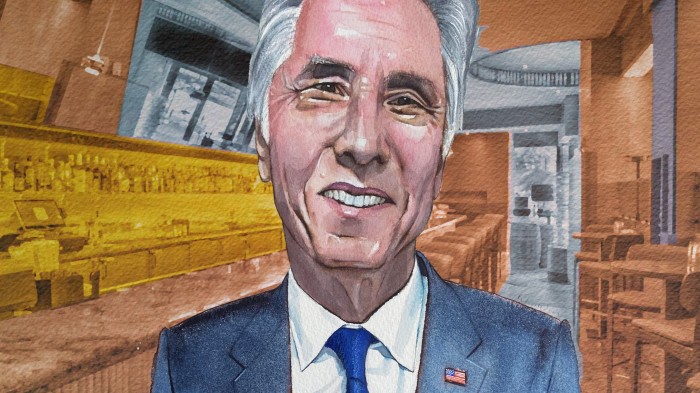Scientists with an international rice initiative have been raising the alarm about a strain of bacterial blight causing outbreaks in rice fields in East Africa, and they say the patented transgenic varieties they have developed are the solution.
The scientists are with the Healthy Crops Project, a non-profit consortium funded by the Gates Foundation that brings together US and German universities, the French national research institute (IRD), the International Rice Research Institute (IRRI) and others. In a scientific article published in June 2023, the team claims to have identified an outbreak of a Chinese variant of bacterial blight in Tanzania, which was previously unknown on the continent, and then to have employed gene-editing techniques to confer broad resistance to bacterial blight in rice grown in Africa.

The scientists plan to first introduce their transgenic rice in Kenya, where recent regulations allow for the introduction of gene-edited crops. They have already crossed their resistant line with a variety called Komboka, which was developed by IRRI and the Kenya Agricultural and Livestock Research Organisation. While team leader Wolf Frommer told GRAIN they have “no interest in making profits from small scale producers”, he acknowledged that there is a patent on their gene-edited rice lines. He also said outbreaks of the Chinese bacterial blight strain have now spread to Kenya and Madagascar.
This is not the first time that IRRI and its partners have proposed GM rice as a solution to bacterial blight. Twenty years ago, farmer and consumer groups in Asia protested against the introduction of a rice known as “BB rice”— IRRI’s first transgenic rice to be field tested at its research centre in the Philippines. The Healthy Crops gene-edited rice varieties would be the first transgenic lines to be commercialised in Africa, if the project moves forward.
Groups in Asia that were opposed to IRRI’s “BB rice” argued that bacterial blight outbreaks are a product of IRRI’s green revolution model. The disease only began to be a major problem when IRRI’s semi-dwarf varieties were planted over large areas, replacing diverse local varieties with vast, uniform monocultures. The uniformity and reliance on huge amounts of chemical fertilisers created the ideal breeding grounds for bacterial blight and other diseases. IRRI’s response, beyond the promotion of chemical pesticides, was to try and integrate resistant genes from farmer varieties into its varieties, but this single gene resistance (or even multiple gene resistance) was inevitably overcome by the disease, leading to an endless race to try and identify and integrate new genes, and an escalation in pesticide use. Those opposing BB rice argued that the GMO rice would also not provide durable resistance, and that the only effective solution was to bring back diversity in the fields by restoring farmer seed systems and by moving away from chemical fertilisers and pesticides to practices that keep disease pressures down. IRRI never did manage to gain approval for the release of “BB rice” in Asia.
The situation is similar in Tanzania and Kenya. For decades now, farmers have resisted constant efforts by IRRI and other agencies to get them to abandon their farmer varieties and switch to the so-called high-yielding varieties (HYVs), including the Komboka variety of rice that the Healthy Crops team is now gene-editing. Farmer seeds still account for the vast majority of rice grown in Tanzania, one of the only countries in Africa that is self-sufficient in rice. This push for HYVs has been especially heavy in the “epicentre” of the recent bacterial blight outbreak identified by the Healthy Crops team: the Dakawa irrigation scheme in Tanzania’s fertile Morogoro Region.
It is noteworthy that the outbreak appears to have first affected fields planted to a variety called Saro 5, which has been promoted by numerous donors including the World Bank, USAID, AGRA and the Gates Foundation, despite its requirement for high levels of chemical fertilisers. For several years, the Norwegian fertiliser company Yara heavily promoted Saro 5, in combination with its fertilisers, under the Southern Agriculture Growth Corridor of Tanzania (SAGCOT) programme. Saro 5 seeds were given out to farmers for free and were multiplied at the Chollima Rice Institute in Dakawa and distributed to farmers in other parts of the country. These different agencies and companies have thus spread a variety of rice highly susceptible to a new strain of bacterial blight across many farms in Tanzania, creating the conditions for the disease to amplify and spread.
Several rice farmers in Dakawa contacted by Tanzania’s national farmers’ organisation MVIWATA confirmed that the disease is present in their fields. They said that the government has been promoting Saro 5 to deal with the disease, but that this has failed dramatically, since Saro 5 is highly susceptible. “Saro 5 is the type of seed that is mostly affected,” says Saumini Hamisi, a rice farmer at Dakawa.
The farmers also said that the national research agency and the extension agents in the area have been telling farmers to use various pesticides against the disease, which has done nothing to help either.
Some speculate that this new strain of bacterial blight came to Dakawa via the Chinese province of Yunnan, since this strain of the disease is only found there. They say that infected material was likely brought over by the Chongqing Zhongyi Seed Company, which took over the Chinese Agro-technology Demonstration Centre built in Dakawa in 2009 with cooperation funds from China. Like the other foreign funded programmes at Dakawa, the Chinese initiative aimed to displace local varieties, in this case with Chongqing Zhongyi’s patented hybrid varieties. The Chinese seed company has not commented on these speculations, and did not respond to GRAIN’s inquiries either. The possibility raises serious concerns, given that Chinese seed companies are engaged in hybrid rice programmes in many other countries across Africa and the world.
But whether or not the Chinese seed company is the source, the disease is now spreading without it, as the Chinese project shut down last year. The question now is how to deal with the outbreak.
In Tanzania and other rice growing regions of the world, farmers have long managed bacterial blight and other diseases. Farmers in the Philippines with the farmer-scientist network MASIPAG, for instance, do regularly select for disease resistance within their farmer varieties of rice, but their main focus is not on breeding for resistance but in using farming practices that negate the factors that favour pest or disease population build-up and outbreaks. According to MASIPAG scientist and founding member, Dr. Chito Medina, this includes planting at least three different rice varieties on each farm “so that the differential resistance of each variety prevents the development and outbreak of any biotype or any continuous increase of population of any biotype or kind of pest or pathogen” (a technique that is also used to control rice diseases in Yunnan). They also deploy certain water management techniques and avoid the use of chemical fertilisers, especially nitrogen fertilisers, which increases the reproductive rate of insects and pathogens, including bacterial blight. Medina says that, because of this approach, “there have been no reports among MASIPAG farmers of any outbreaks or recurrent pest or disease problems for a long time”, despite the presence of many strains of bacterial blight across the country.
The local varieties favoured by farmers in East Africa may be susceptible to the bacterial blight strains now circulating in the region. But this does not have to lead to major crop losses. Rather than use the outbreak as another excuse to destroy farmer seed systems, efforts must focus on helping farmers to build up resistance within their local varieties through selection and seed sharing, and to utilise farming practices that can control the disease. It is bad enough that a foreign-funded programme brought a disease outbreak; it will be much worse if this paves the way for another foreign-funded programme to displace local varieties with patented, transgenic rice seeds.
Thanks to MVIWATA for assistance with this article.
This article is reprinted from GRAIN.org
If this article was useful to you please consider sharing it with your networks.










Leave a Comment